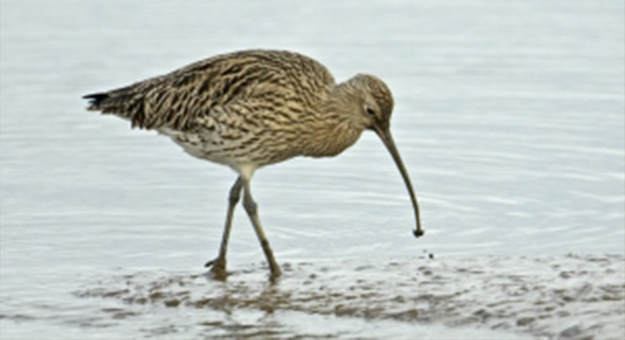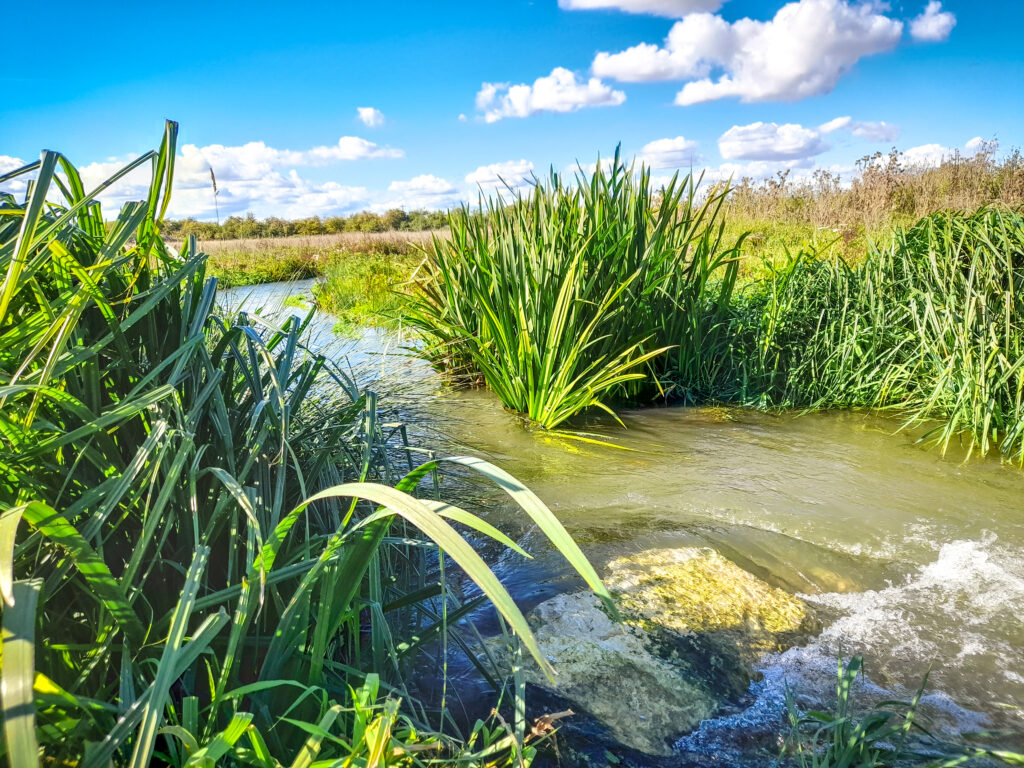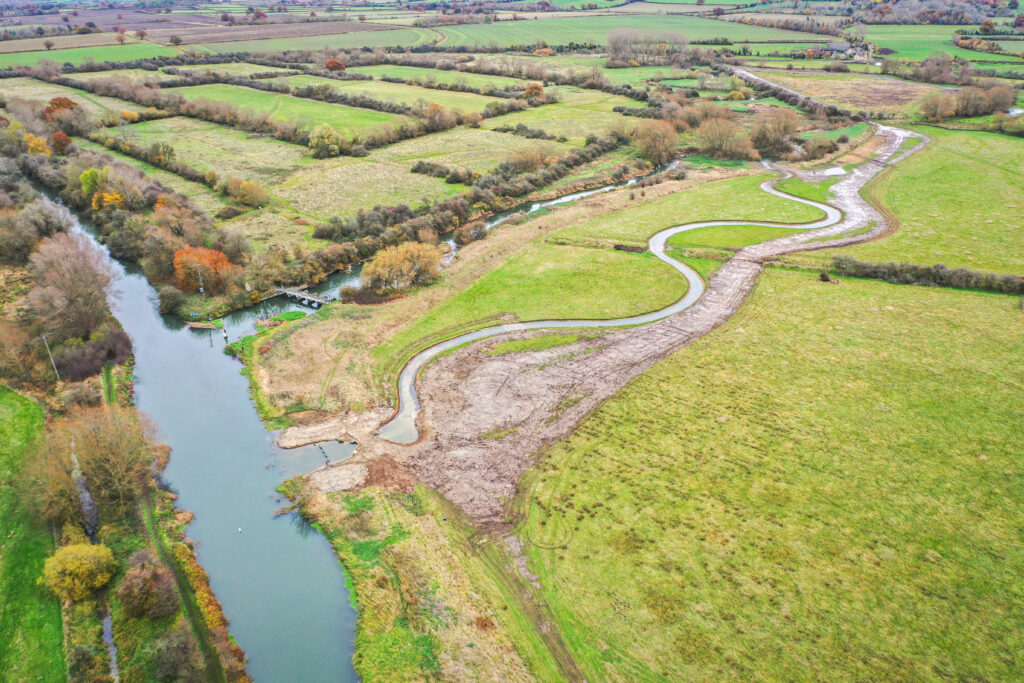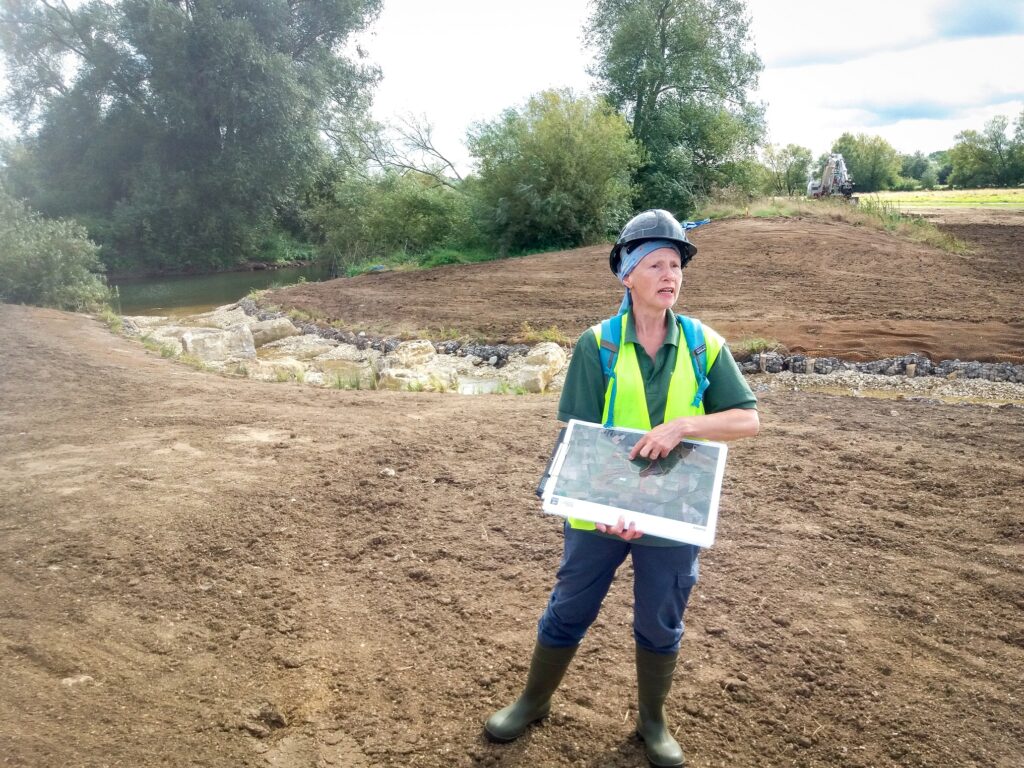Round & About’s resident wine columnist gives his top picks of Champagne which are worth a pop!
Hello. I’ve just returned from my latest foray into the wonderful world of wine, this time a visit to one of my favourite regions, Champagne. To many champagne is a by-word for celebration; the wine with which to mark life’s highlights. While I wouldn’t disagree with this sentiment, that is to overlook champagne’s place as one of the great wines, one that can be enjoyed with food or as a celebration in itself.
In my latest column for Round and About, I’ll give you a brief guide to this fascinating region, its styles, and run down of my top ten champagnes. So, without further ado, let’s talk chalk.
Champagne: Beauty isn’t skin deep
Take a former inland sea, a hill with delusions of grandeur, trillions of dead fish, a good supply of trees, and place them in cool, north-western France, and what do you get? You get the world’s greatest sparkling wine region, Champagne.
Beneath a thin layer of largely poor soils, lies meters of ancient chalk. It’s this chalk that allows grapes to ripen in what would otherwise be (pre-climate change) an inhospitable place for vines. By leaching heat and storing water, the vast chalk deposits that underlay the region, Champagne manages to get chardonnay alongside the black grapes of pinot noir and pinot meunier to ripen and produce its wondrous wines.
For many of the top champagne houses – names such as Taittinger, Ruinart, Moet & Chandon, and Gosset – the chalk plays another vital role in the creation of these singular wines: ageing.
In the 5th century Roman settlers planted vines here. The name Champagne derives from the Latin’ campania’ in reference to the rolling hills of Campanula near Rome which the area resembles. When they arrived, they discovered very little in the way of building materials on the surface and so they started to dig. They soon discovered the vast deposits of chalk which they excavated to build cities such as Reims and Epernay, leaving behind huge subterranean caves – the ‘crayeres’ as they are now known – in their wake.
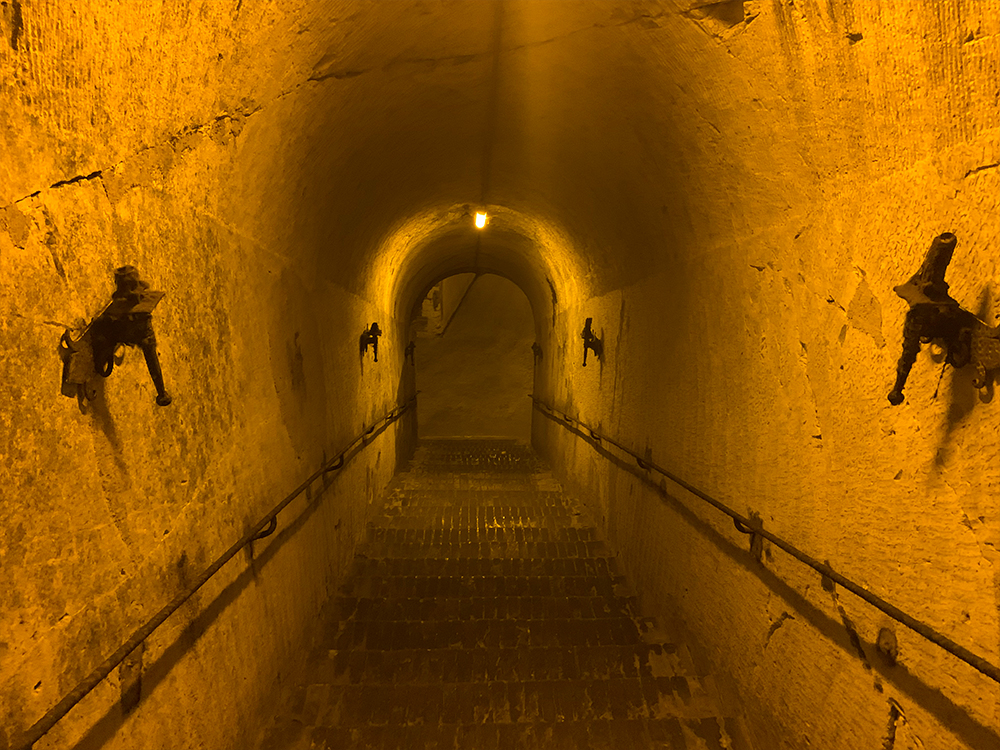


Today, many of these are used to house champagne while it slowly matures. Given the crayeres impressive depth – some go down over 30 metres – they provide the continuously cool, vibration-free environment the wines need as they develop.
Time is an essential element in the production of champagne. Even non-vintage wines, those blended from several harvests, received at least 18 months of bottle ageing prior to release, and vintage wines, ones from a single year, needing at least 3 years. And when it comes to rare cuvee de prestige wines such as Taittinger’s sublime Comte de Champagne or Gosset’s Celebris, a decade or more of ageing may be required.
Champagne’s Grapes and Styles
Given the wine itself is white or rosé, it may come as a surprise to you that most wines are made with black and white grapes. Around 75% of champagne’s grapes are black, the rest being made up of chardonnay.
As the juice of almost all grapes is white when pressed, the colour comes from contact with skins, and while there are seven authorised varieties in Champagne, the three most important vines are:
Chardonnay – which produces mineral-rich wines with wonderfully pure fruit, fragrance, and aromas
Pinot Noir – an aristocratic red grape that gives acidity, backbone, depth, and body to the wines
Pinot Meunier – rarely seen elsewhere, pinot meunier adds fruitiness and roundness to the finished blend
In terms of styles, that is largely in the hands of the winemaker and even wines produced from similar blends – the ‘cepage’ – can deliver markedly different wines. Try a bottle of Taittinger’s Prelude with its ripe, peaches in syrup fruit, subtle yeasty undertow, and generous weight beside Gosset’s equally long-aged Grande Reserve and you’d be forgiven for thinking the wines were made in different regions. The Grande Reserve is high-toned and fresh, with a piercing citrus flavour that’s softened by a rich seam of red berries and creamy yeast.
In terms of labels, the following are the styles you are most likely to see:
Brut – this is a dry wine which has a limit to the amount of sugar that gets added to the wines – the ‘dosage’. In the case of a Brut wine, this is less than 12g of residual sugar per litre. Brut is a movable feast, however, and some Houses have residual sugar levels that are close to the limit while others, such as Gosset, tend to be far lower
Demi-Sec – this is an off-dry champagne that is often served as an aperitif or with deserts
Blanc de Blanc – white wine made from white grapes; this is invariably 100% chardonnay. Most of these wines are good for early drinking while the fruit is young and bright, but given the structure of Champagne’s chardonnay, some blanc de blanc can age wonderfully. Taittinger’s Comte de Champagne is routinely aged for a decade before release and will reward another decade or more of cellarage. I’ve enjoyed venerable bottles of Ruinart’s R de Ruinart Blanc de Blanc, and my recent encounter with the sublime Gosset Blanc de Blancs show it’s a wine that has time on its side
Blanc de Noir – made exclusively from black grapes, blanc de noir is an odd category. Much of the cheap (and let’s face it, nasty) supermarket champagne is blanc de noir and is made almost exclusively from pinot meunier with the aim of being drunk young. At the other end of the scale, you have wines such as Bollinger’s Vielle Vignes Francaise or Krug Clos d’Ambonnay which combine extraordinary power, depth, and concentration and are amongst Champagne’s most revered (and expensive) wines
Rosé – in Champagne this is invariably bone dry and can be made in one of two ways. The first is to allow the grape to come into contact with the black grape skins and bleed its colour into it the must – the ‘saignee’ method. The alternative is to add around 15% of red wine to the white
Champagne’s Best 10 Wines
The following is my top ten and is based on a combination of excellence, value, and availability. It would be easy for me to reel of the off top ten greatest champagnes I’ve ever had, and some of them are included on this list. But unless you work in the trade or have a bank balance the size of Moet’s marketing budget, listing the likes of Krug’s Clos de Mesnil 1982 (£3,300) isn’t that helpful.
Now, the following represents ten wines that show champagne’s diversity, styles, and that its brilliance doesn’t have to be reserved for special occasions:
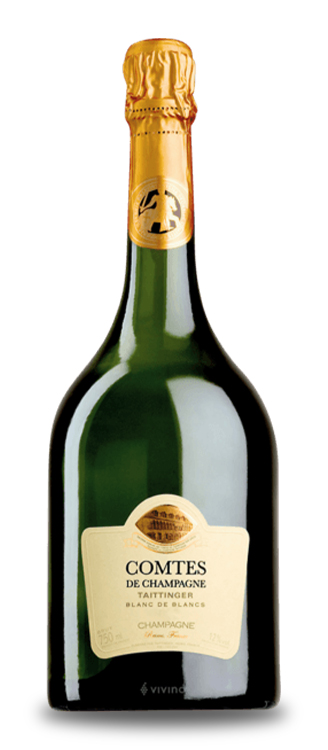
Taittinger Comtes de Champagne (£150 Waitrose) – Comtes is an astonishing wine. 100% chardonnay – so a blanc de blanc – logic would suggest that it wouldn’t stand up to a decade of aging before release, let alone that it would cellar well for years to come. Equally how does a chardonnay have such intensity, complexity and depth of flavour? Comte’s nose is flowers and white berries with a whiff of creamy yeast. On the palate it begins as a gentle vanilla mousse, but this soon builds as tones of apple, preaches in syrup, minerals and brioche flood in. Yes, it’s expensive, but in terms of quality phenomenal and is well-priced when viewed against its peers.
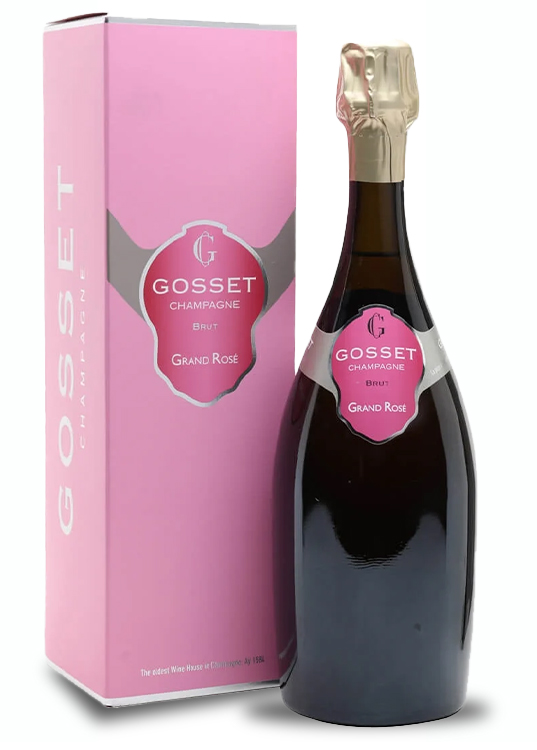
Gosset Grand Rosé (Ocado £60) – Gosset’s wines are intense, precise, capable of seemingly endless ageing, and wonderfully sophisticated. Their Grand Rosé is pale pink, with a nose that combines fresh summer berries, pear drops, and yeast. In the mouth it’s clean, tangy and fresh with an underlying richness and power. This is a wine for the mind as well as the mouth, and I would urge any wine lover to try it.
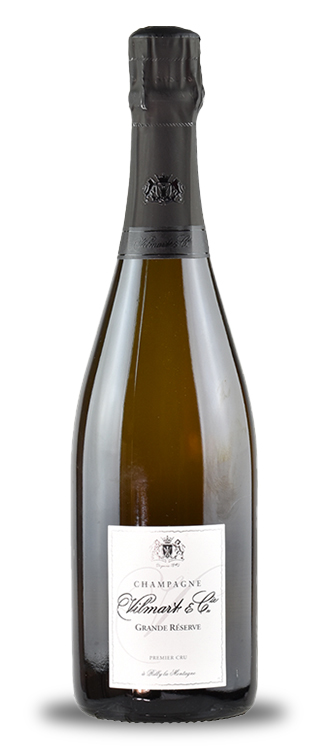
Vilmart Grands Reserve (The Champagne Company £35) – Vilmart is a small, high-quality house that takes a Burgundian approach to making wine. Visit winemaker Laurent Champs and you’ll find a small, pristine cellar that’s lined with new oak barrels. Oak ageing is at the heart of what Vilmart does, and it imparts a richness and weight to their wines, giving a creamy mouthfeel without smothering the fine red and white berry fruits.
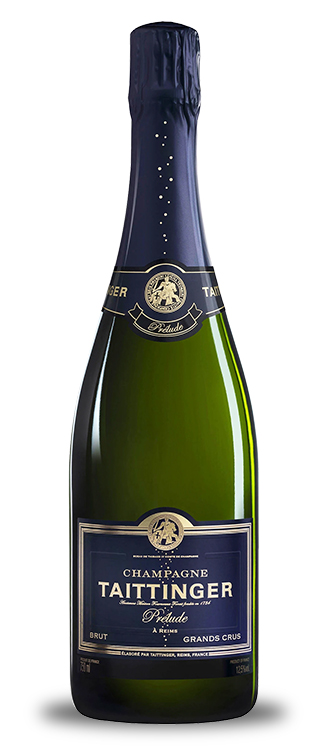
Taittinger Prelude (The Champagne Company £48.50) – while the Taittinger Prestige Rosé (Majestic £44.99) was named as the ‘Best Rosé’ by Good Food Magazine in 2022, the Prelude is probably my favourite Taittinger. Such is my ardour for this glorious wine, that at my recent visit I passed up a second glass of Comte de Champagne 2012 (lovely, but so young) in favour of this. Prelude is aged for six years prior to release, and this gives the Grand Cru chardonnay and pinot noir fruit time to mellow and soften. Mid-gold, the nose is a complex blend of yellow autumn fruits, honey and citrus. In the mouth it’s weighty and ripe, but with that signature Taittinger elegance.
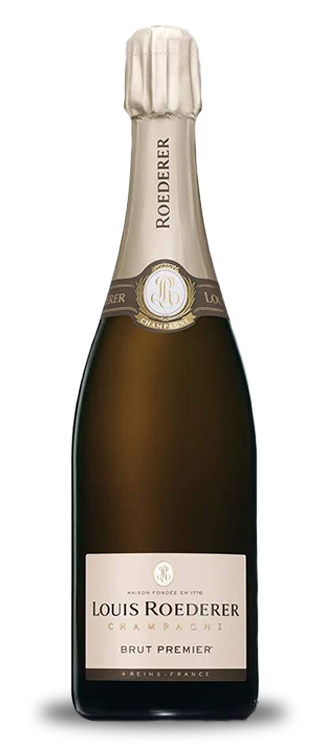
Roederer Brut Premier (£35 Majestic) – I first encountered this while working at Harrods as part of a tasting that included every champagne in the shop – over 100 wines. This was a standout for me and remains one of my favourites. The ripe, peach, apricot, and citrus nose gives way to rich, weighty, brioche and red berry palate that oozes class and refinement.
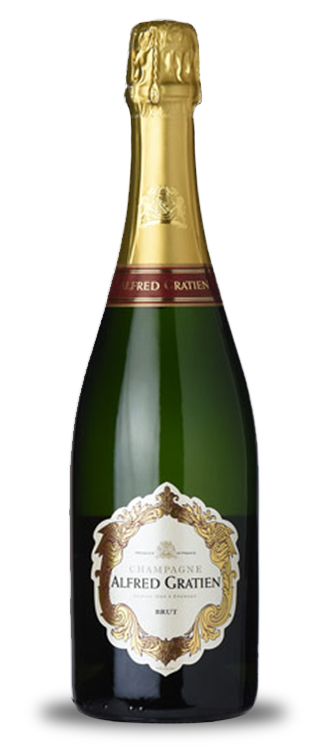
Alfred Gratien (£38 Vinatis) – Alfred Gratien is one of a few Houses that still age their wines in oak – other notable Houses include Krug and Bollinger. The barrels in question are old and the idea isn’t to add a vanilla flavour, but to allow micro-oxygenation (apparently) that imparts a richness and roundness to the wines. Richness is certainly a key trait. These are super-ripe, luxurious, sumptuous wines with a baked apple tone that’s balanced by minerals and a touch of salinity.
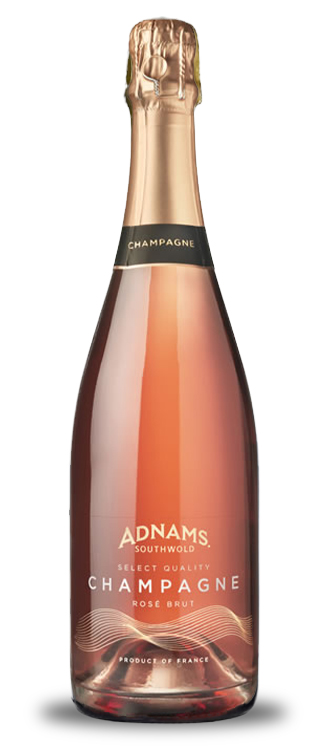
Adnams Selection Rosé (Adnams £33.99) – there’s a lot to be said for own-label or buyers’ own brand champagnes. In many cases these wines are from prestigious Houses who create bottlings for merchants. This is definitely one of the best I’ve ever had. It’s made by Blin, an excellent, but not that well-known House, and gives you a lot of wine for your money. Deeply pink, the nose is an enticing blend of red berries, citrus, and brioche. The palate is broad, rich, and satisfying but with enough freshness to keep it balanced.
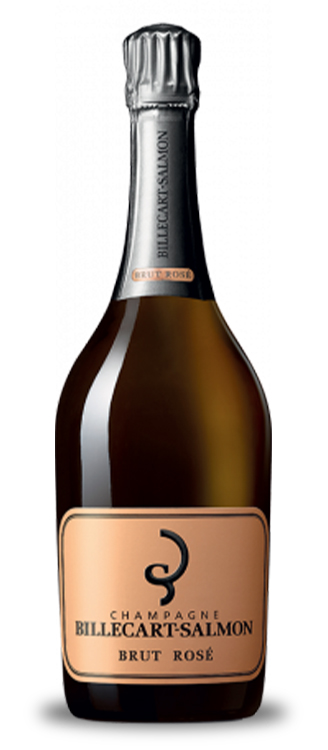
Billecart Salmon Rosé (Laithwaites £60) – I first bought ‘Billy Rosé’ as we call it as it had a pretty bottle, and pretty is a good way to describe the wine. The pretty in pink colour is flecked with amber highlights, while the nose is a complex, fragrant blend of black fruits, rose petals, and yellow plums. The palate is soft, silky and loaded with strawberries and raspberries, minerals and a lovely yeasty finish. This is a great champagne to serve with lamb, salmon, and chicken.
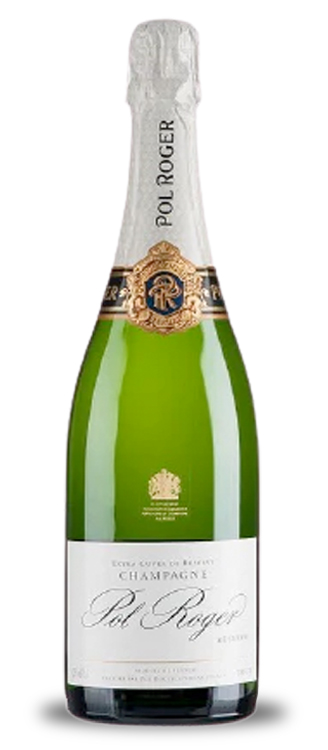
Pol Roger Brut Reserve (Waitrose £39) –Pol Roger was Winston Churchill’s favourite champagne, and their cuvee de prestige is named in his honour. This is a traditional style of wine that never disappoints. The nose combines intense berry fruit with brioche and white flowers. The palate is taut, refined, and gives the sense of everything being where it should be giving a perfect balance to a rounded, yet clean tasting wine.
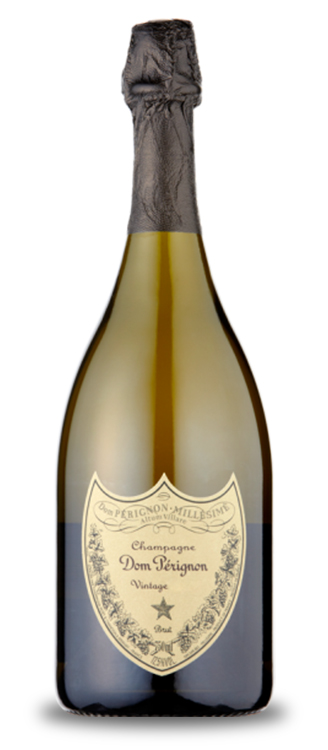
Dom Perignon (£160 Sainsbury’s) – despite its vast production and rising price, this remains an excellent wine. Best drunk a few years after release, Dom Perignon is a charmer of a wine. Its appeal lies in its complexity, which is admirable, and it offers a classic ‘biscuity’ nose that combines berry fruit with yeast and honey. The palate is typically rich and rounded, with noticeable flavours of Mirabelle plum, raspberries, peaches, and offers a long, complex finish.

Until next time…
Well, I hope that’s whetted your appetites for all things Champagne. Next time I’ll look at some reds that will make the long autumn evenings seem just a little too short.
Cheers!
Giles





